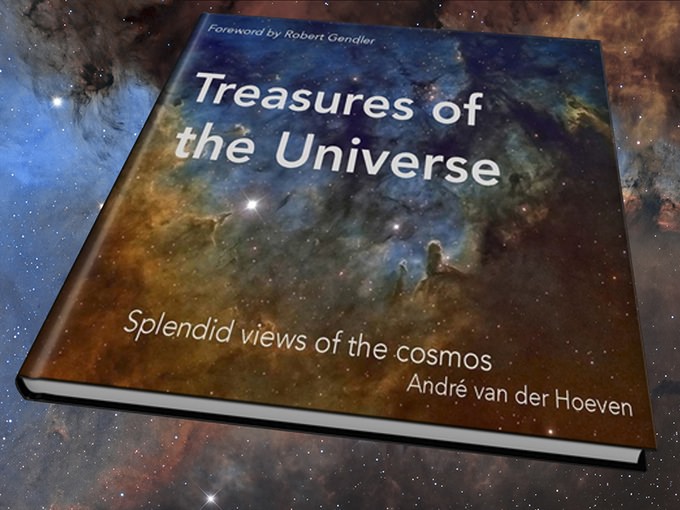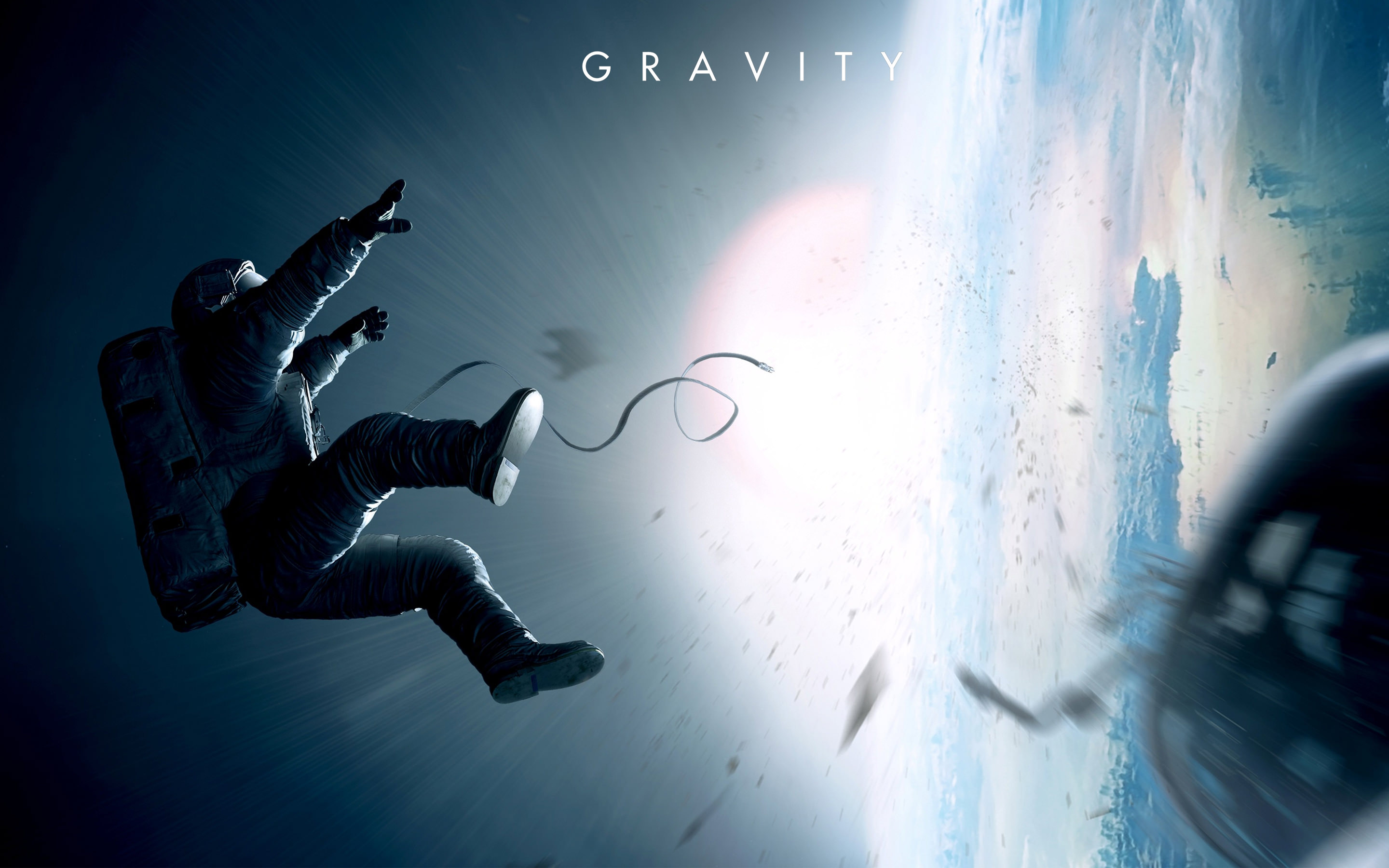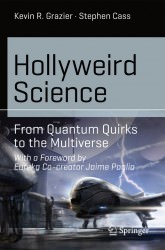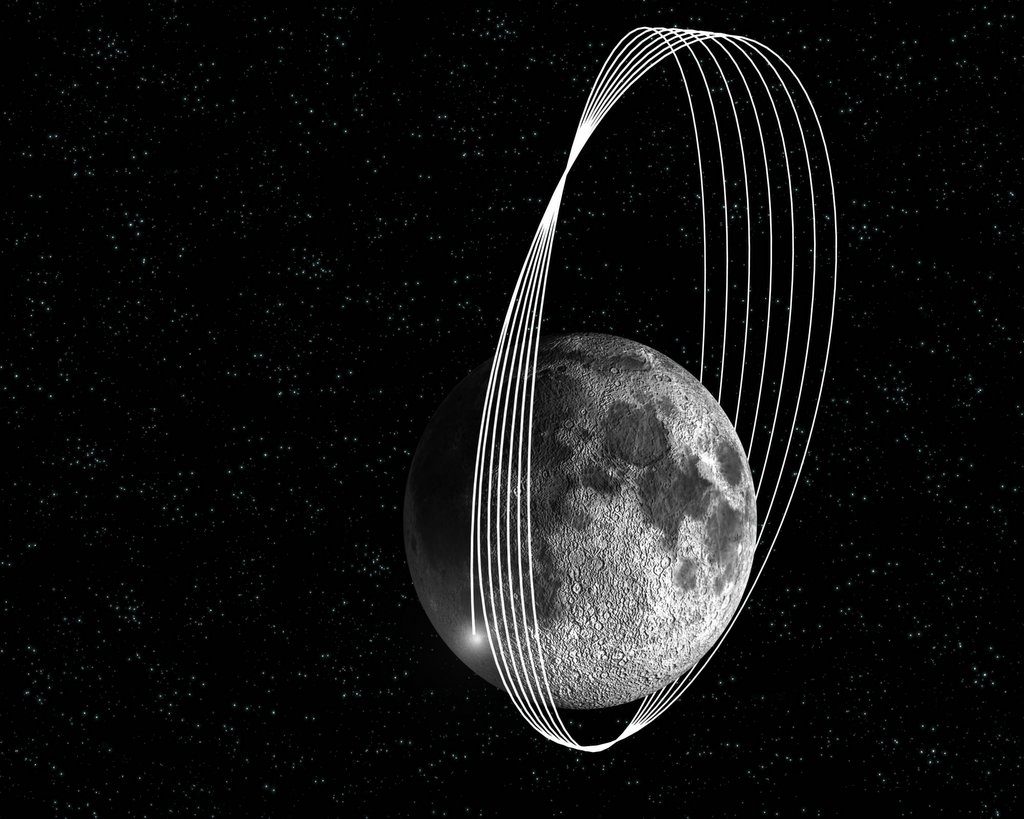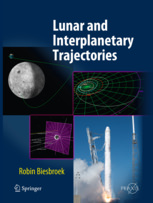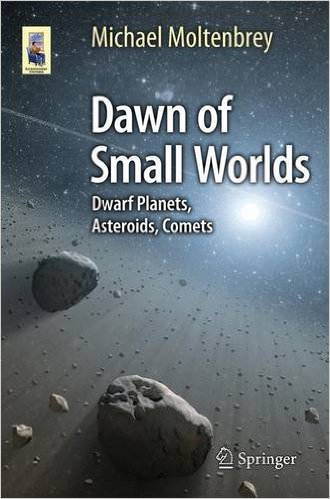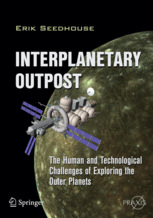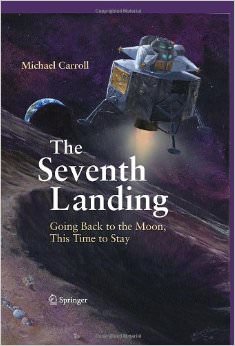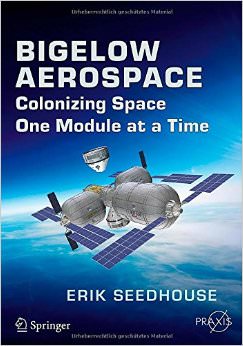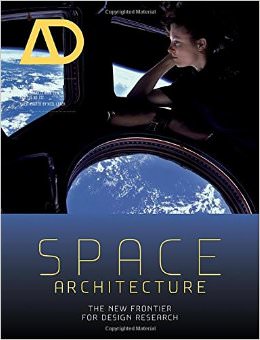What is a treasure? A pirate’s hoard of gold coins safely locked up in a chest would certainly fit. But would you say that something is a treasure when it’s freely available to anyone who wants to take the time? Seems unlikely, doesn’t it. Yet you may change your mind once you take in André van der Hoeven’s book “Treasures of the Universe – Amateur and Professional Visions of the Cosmos”. Within it are striking images that display the natural wealth and beauty that constantly surrounds us and that no chest could ever lock up.
Astrophotography at its core is quite simple; at night, take a camera outside, point the lens up and snap the shutter release. Anyone can do it. However, putting reason to what one captures in the lens is quite a different story. And to add further complexity, consider combining your captured image with someone else’s who’s taken a picture while on another continent or while in space. Last, after taking thousands of images, identify those with artistic as well as scientific merit.
Yes, this is a more complete way of considering astrophotography. And many people are partaking in it. So here’s a book that’s selling its version of night sky images. For anyone who enjoys the night skies, there’s a lot to like. The contents are divided into four groups; galaxies, clusters, nebulae and our solar system. Most images from beyond our solar system are well known, whether of entries in the Messier catalogue or the New General Catalogue (NGC). A few are of farther afield, such as from the Hubble eXtreme Deep Field.
The image presentation is often on a double page spread and has complementary text adjoining. The text provides the scientific merit usually by identifying how the subject of the image fits into the scheme of things, such as the supernova SN2011fe in the Galactic Wheel. The text also provides the photographic particulars, such as that of the Andromeda galaxy that resulted from the compilation of 11 000 separate snapshots. The selection of images makes for a fairly well known set and won’t lead to surprises. Given this, van der Hoeven’s book is a comfortable, complete treatise of his astrophotography.
Now views of space are everywhere on the Internet and other publications so you’re probably wondering “What’s this book bring to the table?” so to speak. After all, a lot of its images come from other government sources like the Hubble space telescope. That’s data free for anyone to peruse. And, the subject of the images, the universe, remains in place for anyone else to capture if they so desire. Both of these are true, but what isn’t obvious is the time and effort to create the images as well as the talent to engender a sense of artistry. Can you imagine the time to compile 11,000 pictures into one? Or spending over 27 night-time hours to collect data for one image? That’s the sort of time and effort involved.
Measuring artistry is another skill altogether and one of which I lay no great claim. Yet, looking at the composition of the spread of the Wizard Nebula warmly shrouded by a complex hydrogen cloud makes me pause. Yes, I know I’m looking at the result of the random arrangement of matter and energy. But there’s something just so darn compelling about the shapes and textures that makes me wonder. And I realize my wonder comes from the skill of the author in composing the shape. I’m impressed. This doesn’t mean that the author has claimed any predominance. Rather, throughout the book he provides encouragement and incitements for bigger and better. Whether it calls for astrophotography from the next-generation telescopes or for beginner astrophotographers to develop their skill, it pushes for more and better imagery. Yes, this book is more than just pretty pictures. It’s also instructive and telling. Another unusual aspect is that the book was funded through a Kickstarter.
As with a few other marvelous books with vistas of the universe, this book’s pages are in in a wide format (almost landscape size). The pages have matte-black background with clear white font text. The text for each image is usually clear, except for some with underlying images of light colours. These are few. For the selection of images, I find ones of galaxies and nebulae most rewarding. Finding shapes and patterns from clusters is more challenging.
And, after seeing the depth and expanse of the universe, I find the images from our solar system almost ordinary, though I know I shouldn’t. I like the section at the book’s end that describes the image details including the telescope, the camera and the exposures for various filters. Perhaps I can use these to dabble at my own artistry. I also appreciate the credits that list all the data sources and perhaps the people who processed the data, though these aren’t always obvious. I don’t like that the book had to eventually come to an end. I could have kept looking at many more pages.
Treasures are a measure of worth. For those who like gold, a pirate’s chest may be the ultimate high. For those who are drawn to the night, to the limitlessness of space, then the jewels of the night sky are the only ones worth viewing. For you who like the night, let André van der Hoeven’s book “Treasures of the Universe – Amateur and Professional Visions of the Cosmos” spirit you away to a viewing pleasure. With it in your hands you will hold more than any pirate’s chest could ever contain.

